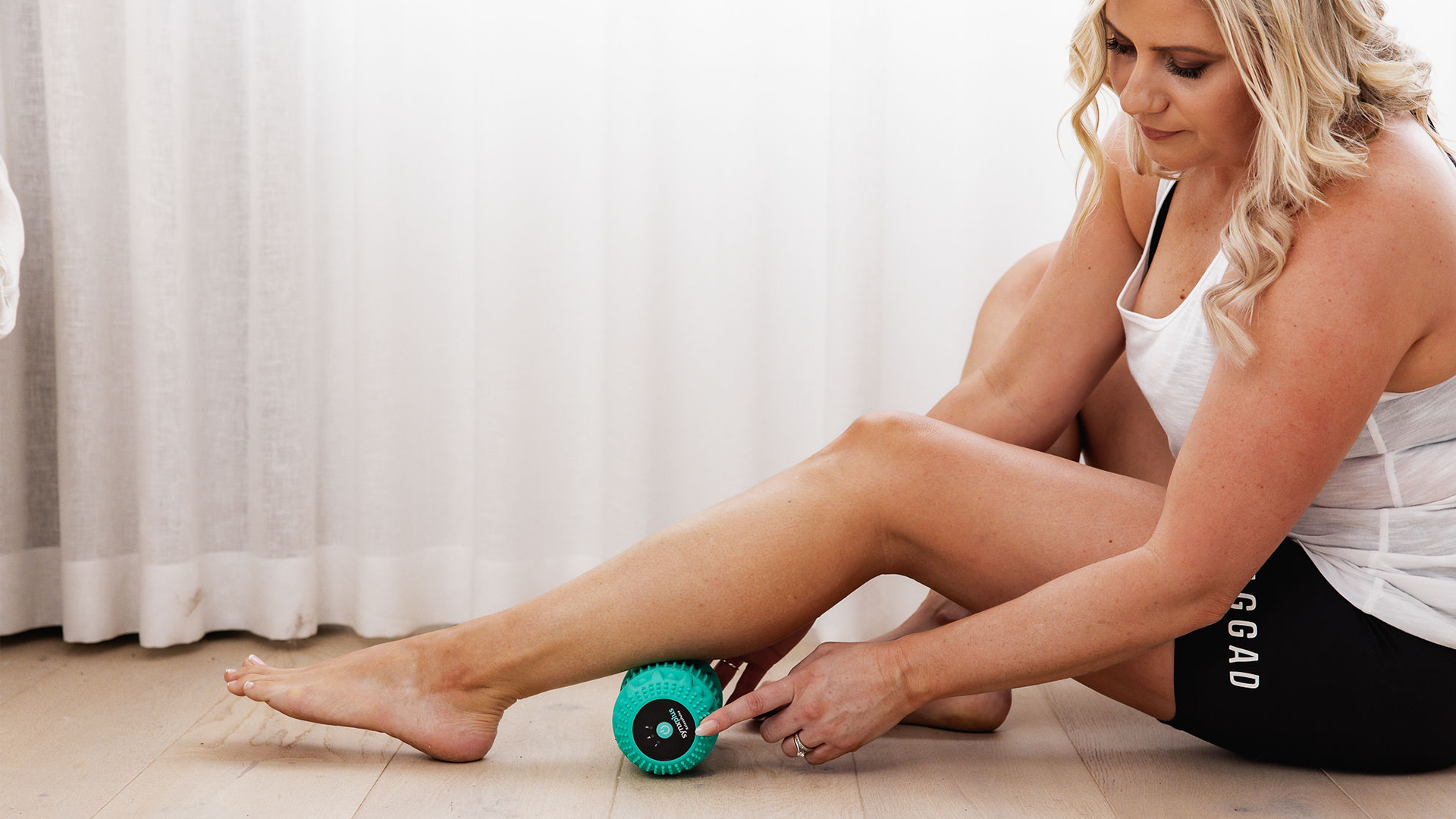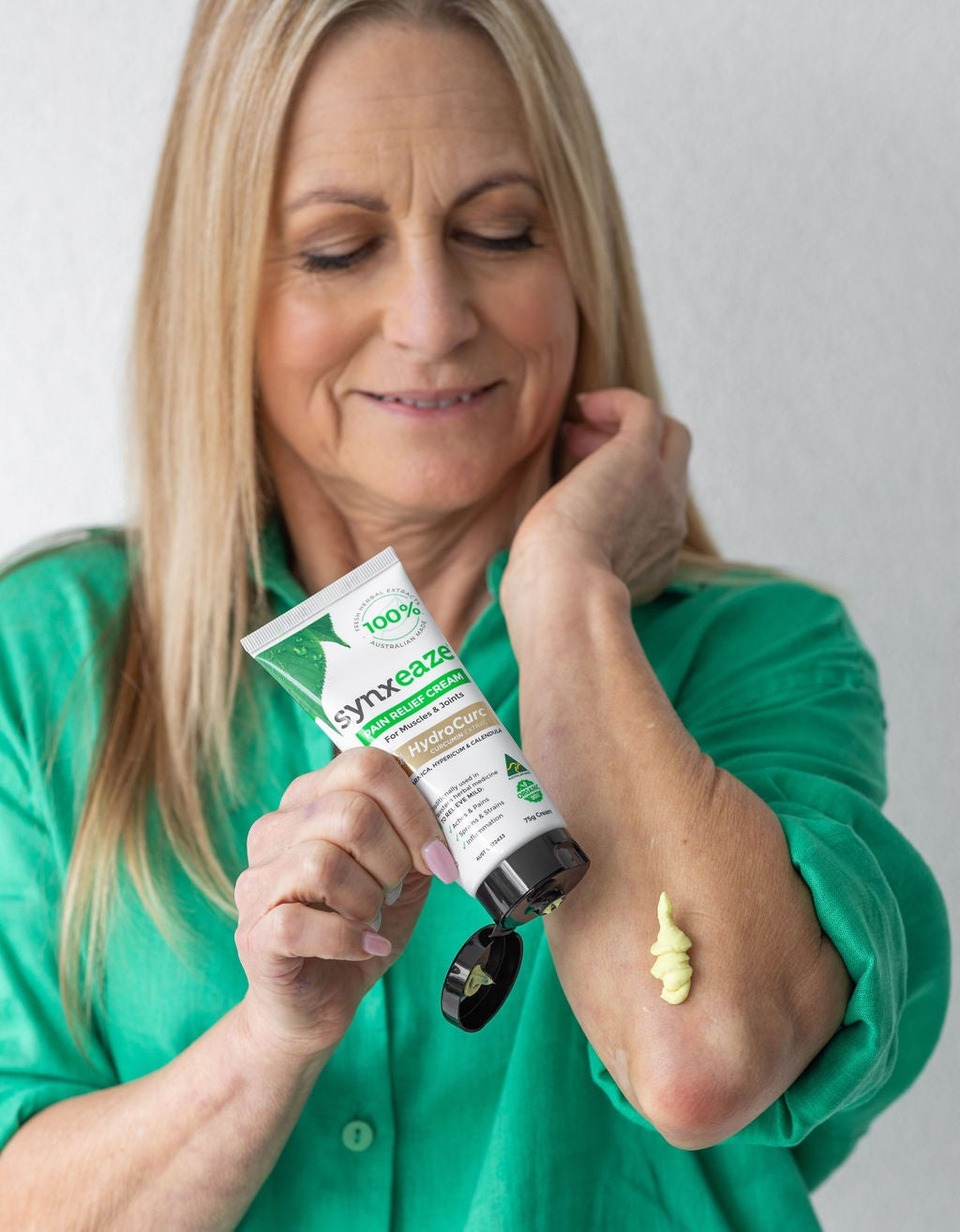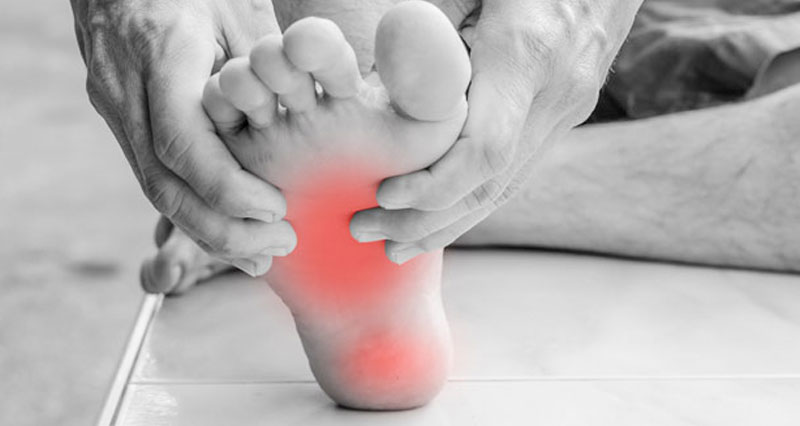
With summer upon us and our feet on display in open shoes, now is the time to repair and heal your cracked heels. But did you know that there’s more to cracked heels than meets the eye?
The problem:
Cracked heels, which can also be referred to as heel fissures, are a common foot condition causing discomfort and at times, also pain making it difficult to walk with severe cases becoming infected. They’re predominantly caused by dry skin and are accompanied by thickened skin, along with the occasional yellow or brown calluses around the edge of the heel. However, the main problem with cracked heels is their unsightly appearance.
What causes cracked heels?
Cracked heels can appear for many reasons, but are mainly due to dry heat or cold air, open backed shoes, ill-fitting shoes where the base of the shoe is too narrow or the shoe is too small allowing the heel to sit over the back of the shoe.

Below are some other common reasons and / or health conditions that may also contribute:
- Standing for long periods - and jobs that involve a lot of time on our feet can also cause cracked heels.
- Obesity - increases the pressure on the normal fat pad under the heel, causing it to expand sideways.
- Diabetes – Diabetics often experience cracked heels due to damaged nerves, resulting from uncontrolled blood sugars, which then causes dry skin. Diabetics are also more likely to sustain an infection from cracked heels than a non-diabetic would.
- Psoriasis – some types psoriasis can cause red, dry patches of skin known as plaques, which can be covered in silvery scales, or be itchy and sore. In severe cases of psoriasis, plaques may also crack open and bleed.
- Eczema – this common skin condition causes itchy, dry and with scratching skin becomes flaky or beings to peel, resulting in cracked heels.
- Biomechanics - Biomechanical factors can lead to cracked heels due to excess weight or excess forces on the heel pad. Poor foot mechanics over time, tend to result in continual flattening of the heel pad structure with calluses forming. If your skin is not supple and flexible, the pressure causes cracking or fissures on the heels.
Top tips for smooth summer heels
The common summer foot problem of dry cracked heels is not only embarrassing, but can be painful and become infected if left unchecked. The good news is, you can heal them yourself with this quick and easy tips:
- See a podiatrist and have them debrided – this is a painless procedure of shaving the heels with a blade and smoothing them with a specific podiatrist sanding tool.
- Use heel balms regularly to hydrate and heal cracks. In particular, try urea-based creams which encourage water hydration. Another great treatment is heel socks which can be worn at night after applying creams for hydration.
- Use a pumice stone in the shower to keep heels smooth.
- Wear sandals or open backed shoes less often, and shoes with enclosed backs more frequently.
- Bathe in water infused with coconut or olive oil.
- Apply coconut oil or honey to the heel cracks for natural healing.
- Use insoles or heel cushions to distribute pressure more evenly and wear shoes with a wider based heel… as narrow heels can increase pressure in certain areas.
- And the big tip is to increase your water intake – this will keep your skin hydrated and more supple.
 |

|



